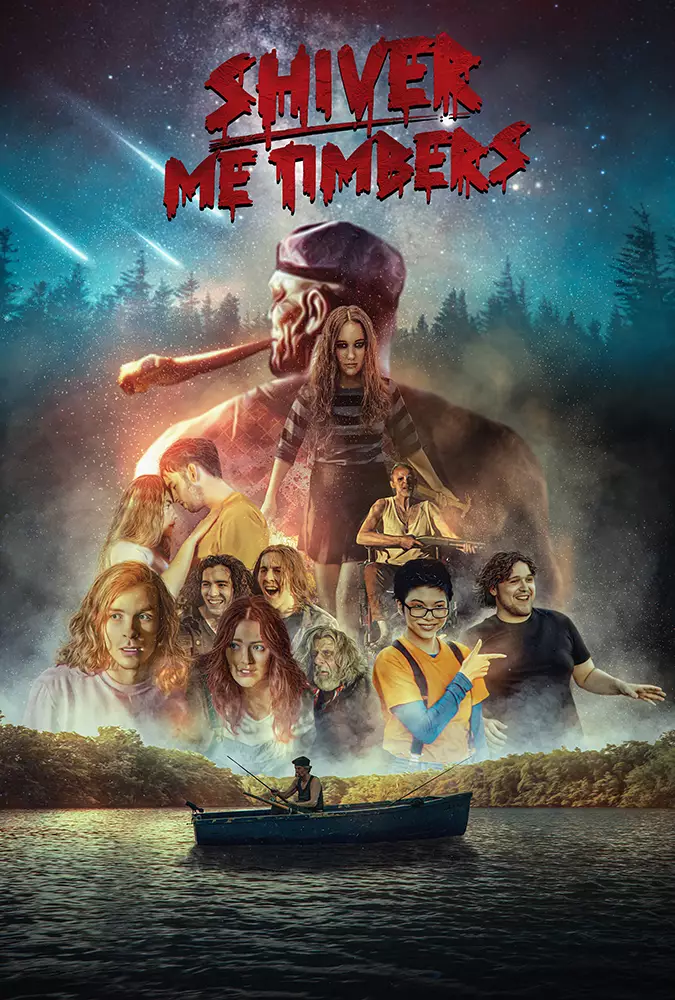The world of cinema often revisits beloved childhood characters, but the recent trend of reimagining them in horror contexts raises eyebrows and questions about the boundaries of nostalgia. “Shiver Me Timbers” takes the iconic figures of Popeye and Olive Oyl into the realm of terror, promising a unique blend of fear and humor that contradicts our warm memories of these characters. While recent productions like “Winnie The Pooh: Blood and Honey” and the Mickey Mouse horror venture have paved the way for this wave of reimagining, “Shiver Me Timbers” stands out by integrating elements of summer camp nostalgia with horrific transformations, challenging viewers to reconcile childhood innocence with adult fears.
Set in the picturesque yet ominous backdrop of Northern California during the summer of 1986, “Shiver Me Timbers” cleverly utilizes the era’s cultural context to heighten tension. As Olive Oyl embarks on a camping trip with her cinema-obsessed friends and brother Castor, the audience is invited to relive the simple joys of youth, which quickly devolve into a nightmare. The anticipation of witnessing Halley’s Comet is a shared dream that many can remember, but transforming this astronomical event into the harbinger of doom was an audacious choice. By juxtaposing the beauty of a meteor shower with the dread of an unstoppable killing machine—Popeye himself—this film forces a reassessment of what our childhood stories represent, ultimately invoking a mix of fear and nostalgia.
At the heart of “Shiver Me Timbers” lies its unique approach to blending horror and comedy. As directed by Paul Mann, the film aims to simultaneously pay homage to classic slasher films while delivering moments of levity. This duality can draw viewers in for both chills and laughs, mirroring the complexity of real-life emotions in moments of tension. The trailer hints at this balance through a series of shocking scares interwoven with unexpected comedic moments, creating a distinct rhythm that promises to engage a diverse audience. However, the challenge lies in executing this blend without losing the authenticity of either genre—a task that calls for a delicate touch.
As we venture deeper into this trend of horror adaptations featuring childhood icons, it becomes evident that “Shiver Me Timbers” also functions as a cultural commentary. It reflects a society’s inability to let go of its past, yearning to re-examine the narratives that shaped childhoods through a more adult lens. The horror aspects serve as a metaphor for confronting the fears and traumas that accompany growing up. By invoking characters we grew up with, the film captures audiences’ attention, inviting them to explore the darker sides of nostalgia.
“Shiver Me Timbers” presents an intriguing dichotomy; it is both a celebration of beloved characters and a chilling reminder that memories can be warped through the lens of adulthood. As viewers, we must approach this film with an open mind, ready to navigate the blurred lines of humor and horror that challenge our perceptions of childhood legends.

